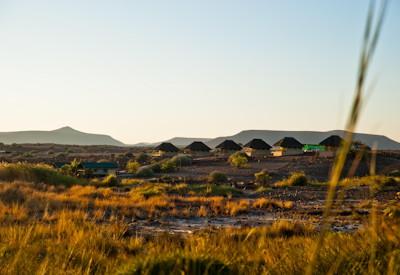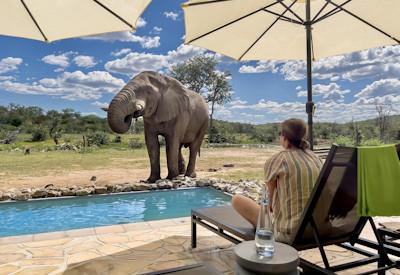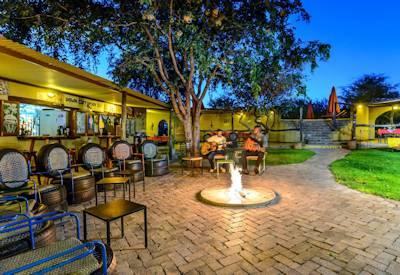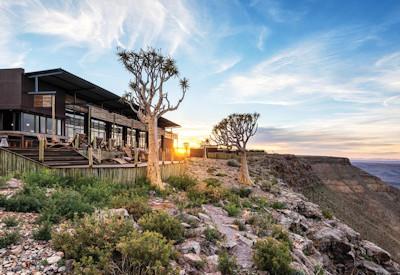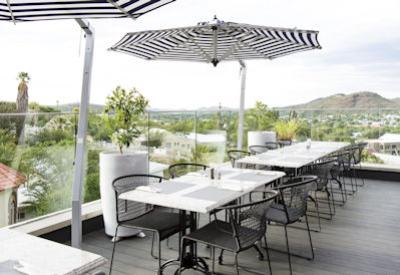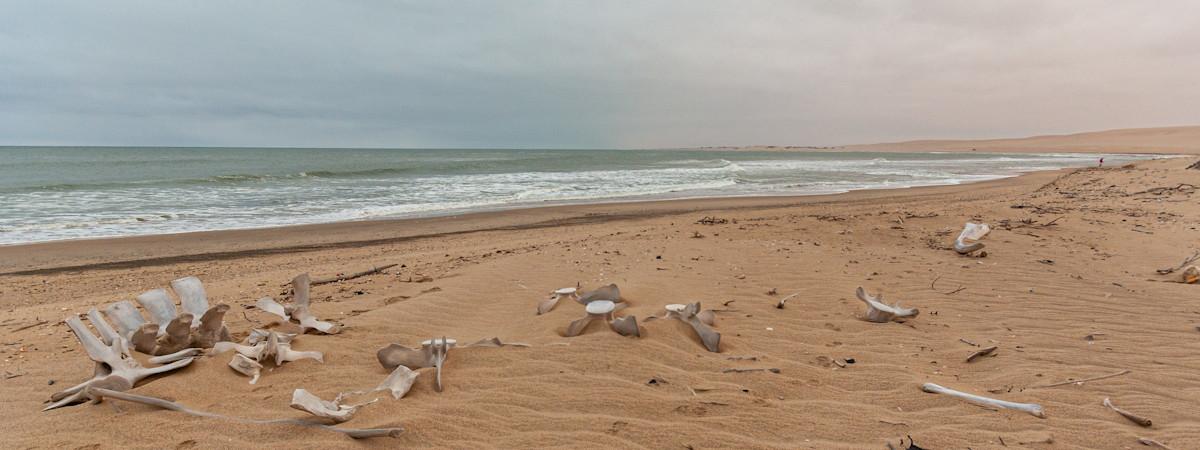
Skeleton Coast National Park
The Skeleton Coast National Park of Namibia is a stark, hostile but fascinating region that offers up a different aspect of desert life, one that has to be experienced and seen to be believed. Free roaming lions, rhinos and elephants, massive seal colonies, inland waterholes surrounded by gemsbok, springbok and eland and then birdlife.
Skeleton Coast National Park Facts
- Size: 16 845 km²
- When to visit the park: Year-round
- Rainfall: less than 50mm per annum
- Altitude: Sea level to 500m above sea level
- Location: Northern west coast of Namibia
- Accommodation: Damaraland Lodges
Information On Skeleton Coast National Park
The Skeleton Coast's desolate coastline is a spooky desert shore with massive dunes and treacherous rocks where mighty storms and violent surf claimed many ships through the centuries. Stories abound of sailors walking for hundreds of kilometres through this barren Namibian landscape in search of food and water, only to perish in this hostile coastal desert.
The landscape includes dunes, canyons and mountain ranges, all of which are synonymous with Namibia. The climate is seemingly strange for desert conditions: dense fog and cold sea breezes predominate, blown in by the cold Benguela Current.
A fly-in safari or scenic flight is the best way to view the park's shipwrecks and coastal splendour.
Inattentive whales have also found themselves washed up along the shore, and their massive bone structures are scattered along the coast. Animals in the park have been forced to adapt to overcome the problems of living in a desert-like climate. Smaller species such as genet, caracal, baboon, springbok, and brown hyena live in the area all year round. Larger animals, such as black rhinos, elephant and lion, tend to migrate along the channels, searching for precious food and water.
The primary wildlife attraction of the Skeleton Coast is Cape Cross, which harbours a seal colony numbering in the tens of thousands. The dunes are alive with reptiles and insects, including geckos, snakes, spiders, wasps, beetles, and termites.
The birds are found mostly along the rivers, and some Namibian endemic species can be found in this area, including one of the world's rarest terns. Some 300,000 waders visit annually, mainly flamingos and pelicans.
Where is Skeleton Coast National Park located?
The Skeleton Coast national park is located on the northwestern Atlantic Ocean coastline of Namibia and is approximately 40 km wide and 500 km long. The national park starts at the Ugab River and ends at the Kunene River (Angola Border).
Click on this Google Maps links to view exactly where the National park is located: Google Maps - Skeleton Coast National Park
Best Time to Visit Skeleton Coast National Park?
This is without question a year-round destination, no matter whether it be winter or summer. The Atlantic Ocean acts as a massive air-conditioning unit and keeps the coast area of the park nice a cool. It is only when one ventures inland towards the mountains that it starts to warm up.
The few times we have travelled up to the Kunene River mouth, we have always been in fog or fog that has lifted slightly (almost like low clouds); even in summer, we have had to wear long-sleeved clothing as it was always chilly.
Main Attractions Of Skeleton Coast National Park
- Ghostly shipwrecks
- Desolate solitude
- Huge seal colonies
- Unique desert ecosystem
- Excellent photographic location
- Kunene River mouth
- Sand dune driving
- Beach driving
- Ideal temperature year-round
- Palmwag Lodge
Palmwag Lodge, without a doubt, stands as one of Namibia’s most iconic and sought-after tourist destinations. Nestled among rustling palm trees and surrounded by breathtaking scenery, this lodge offers an idyllic escape in the heart of the vast 450,000-hectare Palmwag Concession.
The wildlife in and around this private Damaraland concession and Palmwag Lodge is nothing short of extraordinary. From towering desert-adapted elephants to elusive predators and a wide variety of plains game, the experience is one of rich biodiversity.
- Ongava Tented Camp
Ongava Tented Camp, located along the southern edge of Etosha National Park in the private Ongava Game Reserve, is a premier safari destination. Featuring a blend of stone, canvas, and thatch, the camp offers an intimate experience with accommodation for just 16 guests in elegant Meru-style tents.
The camp provides excellent game viewing and guided safari drives, immersing guests in the stunning wilderness of the reserve. Ongava is one of Etosha's top lodges, offering luxury, exclusivity, and unforgettable wildlife encounters for a remarkable safari experience.
- Etosha Safari Camp
Nestled on the edge of Etosha National Park, Etosha Safari Camp offers travellers an inviting gateway to one of Namibia's most treasured wildlife sanctuaries. Surrounded by the rugged beauty of the savannah, the camp combines the spirit of adventure with the comforts of modern accommodation.
Etosha Safari Camp combines African charm with warm hospitality. Located near the Etosha National Park, guests enjoy easy access to self-drive game drives, along with amenities like a swimming pool and open-air dining.
- Le Mirage Resort & Spa
Nestled in the heart of the captivating Namib, Le Mirage Resort & Spa offers an unparalleled retreat where luxury and nature harmoniously converge. With its striking architecture resembling a castle, the Resort provides a unique escape, blending opulent comfort with stark beauty.
Guests are greeted by the endless golden dunes and vast open skies that create a serene and magical setting, perfect for relaxation and rejuvenation. This extraordinary destination promises an experience unlike any other, where every moment is steeped in tranquillity and wonder.
- Fish River Lodge
Nestled on the dramatic edge of the world's second-largest canyon, The Fish River Lodge offers a truly unforgettable Namibian escape. Located in the heart of the Fish River Canyon region, the lodge combines breathtaking natural beauty with exceptional comfort.
With panoramic views and minimalist architecture that blends into the rugged landscape, it invites guests to connect with nature in serene elegance. Its location is ideal for exploring one of Southern Africa's most remarkable geological wonders.
- The Weinberg Windhoek
The Gondwana Weinberg Windhoek, in the heart of Namibia's Windhoek region, combines luxury, comfort, and convenience for an unforgettable stay. This boutique hotel offers a serene escape with modern design, elegant decor, and warm Namibian hospitality.
Whether you're embarking on a safari, celebrating a special occasion, or simply seeking a tranquil getaway, The Gondwana Weinberg Windhoek serves as the perfect haven to begin your exploration.

